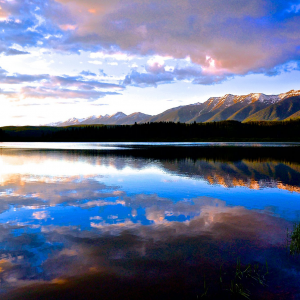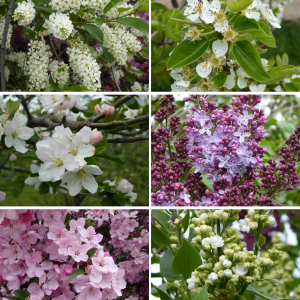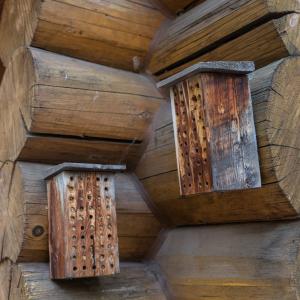The air outside was perfectly still and breathed an encouraging hint of the warmth that would descend later that day. The freshly woken sun stretched out its rays over the valley illuminating every window pane and blade of springtime grass.
This was the rather blissful opening scene to my Wednesday this past week. I was driving home from the gym at the ambitious hour of 6:30 a.m. Having recently purchased a new house in Helena’s central valley, I am still taking in and appreciating the new scenery on my route home. Much of the land flanking the main road is open pasture land and still holds the innocence of untouched earth, save for the stamped in hoof prints of horses.
All of the beauty of the day made me anxious to finish my unpacking and finally embrace the Montana summer that surrounded me. I started fantasizing about all of the activities and goals I hope to accomplish by the time the leaves begin shifting color. Thus began, my 2016 Montana Summer Bucket List.
1. Go camping at Placid Lake with friends
2. Fill up on sweets till my heart’s content at The Sweet Palace in Philipsburg
3. Visit Jim Dolan’s latest masterpiece, The Chocolate Horses, in Miles City
4. Pick enough huckleberries in Lincoln to make my husband’s favorite huckleberry cream cheese pie
5. Gorge myself on mini donuts at the Lewis and Clark County Fair
6. Finally take the time to study every stained glass window in the Cathedral of St. Helena
7. Visit Cooke City to see the hidden beauty that I’m used to riding over the top of on snowmobiles in the winter
8. Pick Indian Paintbrush in the mountains….my favorite wildflower.
9. Ride in the Crazy Ben Cross Country Race
10. Climb to the summit of Beartooth Peak (a.k.a the Sleeping Giant’s nose)
11. Host a summer BBQ for the first time in my new home…my in-laws gave us a wickedly awesome
new BBQ and my husband and I can’t wait to test her out!
12. Attend Boston’s summer concert in Missoula….one of my all-time favorite bands and one I never thought I’d see perform live
13. Visit the St. Ignatius Mission
14. Tour the Going-to-the-Sun Road on one of the historic red busses
15. Attend the annual Lincoln 4th of July Parade
16. Visit Ft. Benton and write a poem or blog post while lying on the lush green banks of the Missouri.
17. Watch the mermaids swim at the Sip ‘N” Dip Lounge in Great Falls
18. Take part in the activities at the Red Ants Pants Music Festival in White Sulfur Springs
19. Do a fashion photo shoot somewhere breathtaking like Glacier Park in my wedding dress
20. Do a ghost tour of the old Deerlodge Prison
 Lacey Middlestead is a Montana native and freelance writer currently living in Helena, Mont. She loves meeting new people and helping share their stories. When she’s not busy writing articles for newspapers like the Independent Record and Helena Vigilante, she can usually be found indulging in her second greatest passion–playing in the Montana wilderness. She loves skiing and snowmobiling in the winter and four wheeling, hiking, boating, and riding dirt bikes in the summer.
Lacey Middlestead is a Montana native and freelance writer currently living in Helena, Mont. She loves meeting new people and helping share their stories. When she’s not busy writing articles for newspapers like the Independent Record and Helena Vigilante, she can usually be found indulging in her second greatest passion–playing in the Montana wilderness. She loves skiing and snowmobiling in the winter and four wheeling, hiking, boating, and riding dirt bikes in the summer.
Top Image Credits: Lee Boman






